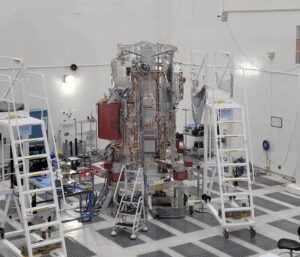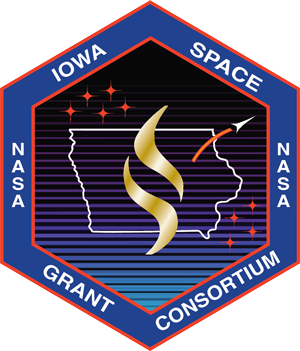Solid-state magnetometers have recently stimulated interest due to their smaller size, weight, and power (SWaP) compared to existing magnetometers, and their potential to self-calibrate without expensive spacecraft maneuvers; two attractive features which help conserve spacecraft fuel. However, extensive research must be completed to optimize this new technology, and a detailed theory is the first step.
 This project is a continuation of my summer 2022 internship experience at the Jet Propulsion Laboratory, made possible by the JPL Visiting Student Research Program (JVSRP). Mentored by Dr. Hannes Kraus and Dr. Corey Cochrane at JPL and my advisor, Dr. Michael Flatté, I developed a preliminary model of OPuS-MAGNM, a cutting-edge optically pumped magnetometer which uses the spin of a single silicon vacancy (VSi) in silicon carbide (SiC) as a quantum sensor of magnetic fields, using density matrix formalism and Lindblad master equations. In addition to fuel conservation, the inexpensive and simple mechanism of OPuS-MAGNM is advantageous over its state-of-the-art but expensive, optically pumped contemporaries, whose chambers of atomic gas inevitably leak.
This project is a continuation of my summer 2022 internship experience at the Jet Propulsion Laboratory, made possible by the JPL Visiting Student Research Program (JVSRP). Mentored by Dr. Hannes Kraus and Dr. Corey Cochrane at JPL and my advisor, Dr. Michael Flatté, I developed a preliminary model of OPuS-MAGNM, a cutting-edge optically pumped magnetometer which uses the spin of a single silicon vacancy (VSi) in silicon carbide (SiC) as a quantum sensor of magnetic fields, using density matrix formalism and Lindblad master equations. In addition to fuel conservation, the inexpensive and simple mechanism of OPuS-MAGNM is advantageous over its state-of-the-art but expensive, optically pumped contemporaries, whose chambers of atomic gas inevitably leak.

